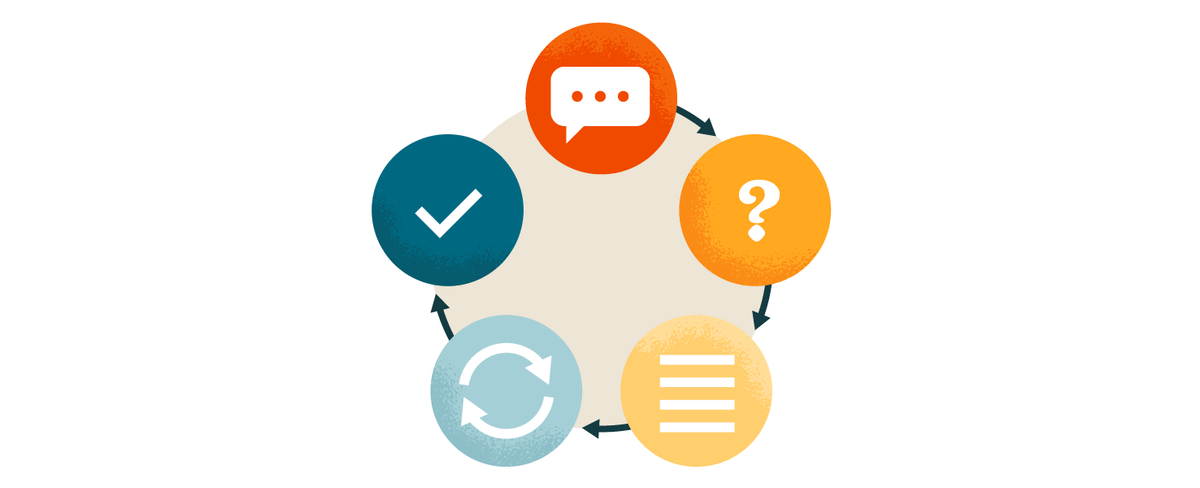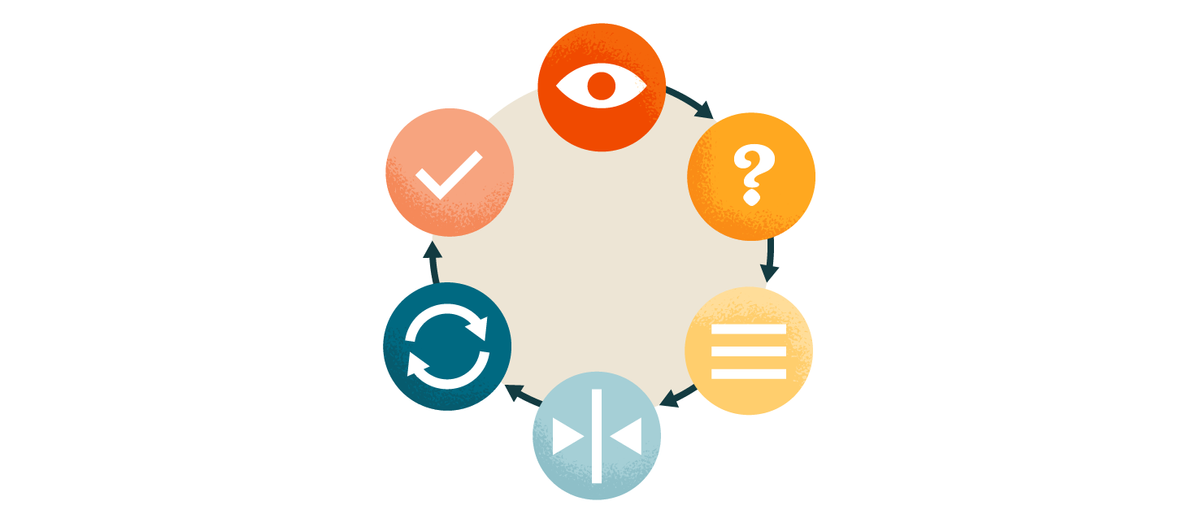Deputy Principal, Teaching and Learning
10 Study Methods & Tips That Actually Work

Deputy Principal, Teaching and Learning
10 Study Methods & Tips That Actually Work
This week I want to share some study methods that will help students to prepare for exams. Don’t be put off by the fancy titles but read through the process of each method and suggest you work on 1-3 approaches with your son or daughter this week in the lead up to exams. These tips come courtesy of USAHS blog from January 2020.For more study tips please visit: https://www.usa.edu/blog/study-techniques/
1. The SQ3R Method


The SQ3R method is a reading comprehension technique that helps students identify important facts and retain information within their textbook. SQ3R (or SQRRR) is an acronym that stands for the five steps of the reading comprehension process. Try these steps for a more efficient and effective study session:
You can try this study technique before taking your final exam.
2. Retrieval Practice
Retrieval practice is based on the concept of remembering at a later time. Recalling an answer to a question improves learning more than looking for the answer in your textbook. And, remembering and writing down the answer to a flashcard is a lot more effective than thinking you know the answer and flipping the card over early.
If you practice retrieval, you are more likely to remember the information later on. Below are some ways you can implement the retrieval process into your study routine.
3. Spaced Practice
Spaced practice (also known as “distributed practice”) encourages students to study over a longer period of time instead of cramming the night before. When our brains almost forget something, they work harder to recall that information. Spacing out your studying allows your mind to make connections between ideas and build upon the knowledge that can be easily recalled later.
To try this technique, review your material in spaced intervals similar to the schedule below:
It’s important to start planning early. At the beginning of each semester, schedule some time each day just for studying and reviewing the material. Even if your exams are months away, this will help you hold yourself accountable.
4. The PQ4R Method


This method takes an active approach to learning that improves memorization and understanding of the topic. Similar to the SQ3R method above, PQ4R is an acronym that stands for the six steps in the process.
5. The Feynman Technique
The Feynman Technique is an efficient method of learning a concept quickly by explaining it in plain and simple terms. It’s based on the idea, “If you want to understand something well, try to explain it simply.” What that means is, by attempting to explain a concept in our own words, we are likely to understand it a lot faster.
How it works:
6. Leitner System


The Leitner System is a learning technique based on flashcards. Ideally, you keep your cards in several different boxes to track when you need to study each set. Every card starts in Box 1. If you get a card right, you move it to the next box. If you get a card wrong, you either move it down a box or keep it in Box 1 (if it’s already there).
Each box determines how much you will study each set of cards, similar to the following schedule:
7. Color-Coded Notes
Messy notes can make it hard to recall the important points of a lecture. Writing in color is a dynamic way to organize the information you’re learning. It also helps you review and prioritize the most important ideas.
A recent study found that color can improve a person’s memory performance. That same study found that warm colors (red and yellow) “can create a learning environment that is positive and motivating that can help learners not only to have a positive perception toward the content but also to engage and interact more with the learning materials.” It also reported that warmer colors “increase attention and elicit excitement and information.”
Writing in color may seem like a no-brainer, but keep these tips in mind:
8. Mind Mapping
If you’re a visual learner, try mind mapping, a technique that allows you to visually organize information in a diagram. First, you write a word in the center of a blank page. From there, you write major ideas and keywords and connect them directly to the central concept. Other related ideas will continue to branch out.
The structure of a mind map is related to how our brains store and retrieve information. Mind mapping your notes instead of just writing them down can improve your readingcomprehension. It also enables you to see the big picture by communicating the hierarchy and relationships between concepts and ideas.
So, how do you do it?
9. Exercise Before Studying
Not only does exercise fight fatigue, but it can also increase energy levels. If you’re struggling to find the motivation to study, consider adding an exercise routine to your day. It doesn’t have to be a full hour at the gym. It can be a 20-minute workout at home or a brisk walk around your neighborhood. Anything to get your heart rate pumping. Exercising before you study:
10. Study Before Bed


Sleep is crucial for brain function, memory formation, and learning. Studying before you sleep, whether it is reviewing flashcards or notes, can help improve recall. According to Scott Cairney, a researcher from the University of York in the United Kingdom, “When you are awake you learn new things, but when you are asleep you refine them, making it easier to retrieve them and apply them correctly when you need them most. This is important for how we learn but also for how we might help retain healthy brain functions.”
When you’re asleep, the brain organizes your memories. Instead of pulling an all-nighter, study a few hours before bed and then review the information in the morning.
Learning effective study techniques can help you be prepared for the exams. If you have questions about these techniques or would like some more support with exam revision students are encouraged to please contact their mentor.
SUSAN BRADBEER
Deputy Principal, Teaching and Learning